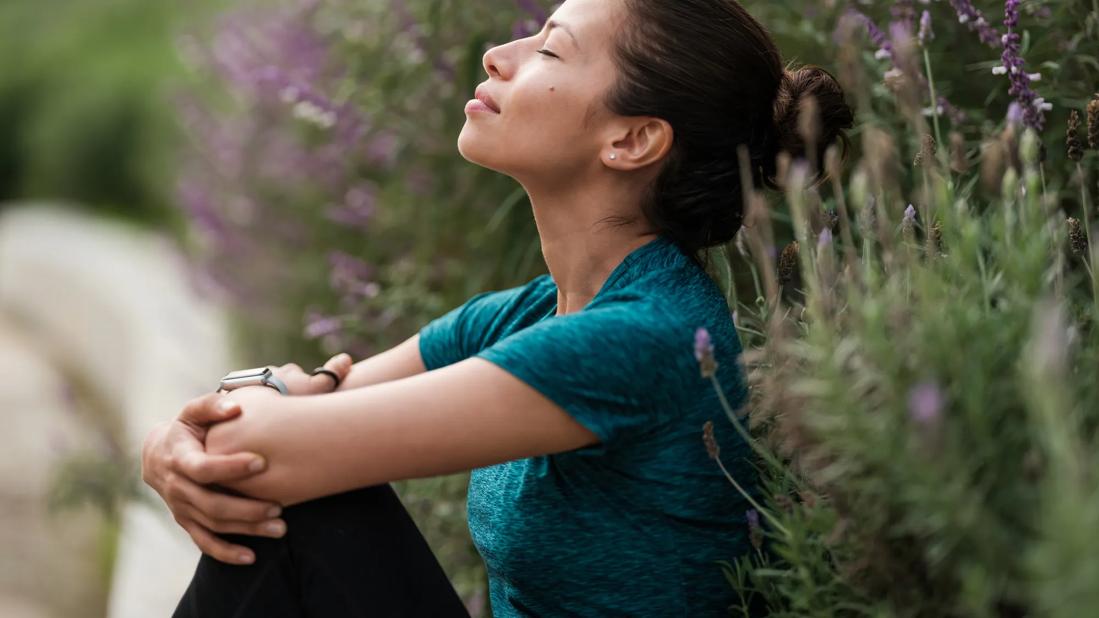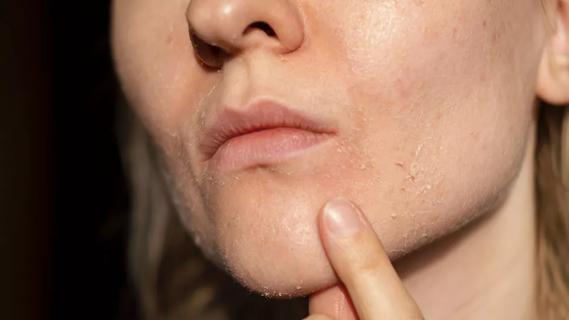Lifestyle adjustments like stress reduction, wearing softer clothing and staying out of the sun can help manage flares

You’ve itched and scratched for weeks. No, wait, make that MONTHS. And it’s all thanks to relentless hives. The thing is ... your doctor can’t tell what’s causing them. Or how long it will take for them to go away.
Advertisement
Cleveland Clinic is a non-profit academic medical center. Advertising on our site helps support our mission. We do not endorse non-Cleveland Clinic products or services. Policy
All of this is common with chronic hives. More formally known as chronic idiopathic or spontaneous urticaria, these hives come and go at least a few times a week for six weeks or longer. Up to 90% of the time, they have no obvious triggers. Other times, stress, viral infections, tight clothing, temperature and even sunlight can cause a breakout. And this can make you miserable. So, how do you know what to do when you have hives like this?
“Chronic hives aren’t clear cut,” says allergy and immunology specialist Sonya Parashar, MD. “They’re often nebulous — and super frustrating — because there isn’t a clear trigger.”
But this doesn’t mean you’ll have chronic hives forever. They aren’t typically life-threatening and often calm down with treatment and self-care.
Chronic hives may even disappear for good, but sometimes, it may take a year or more. Besides patience, here are some changes you can make to help your hives at home.
While this may seem easier said than done, acknowledging the stress in your life is a big step in reducing the chance of another flare-up. It’s one of the biggest known triggers for chronic hives. It’s important to talk with your doctor about what’s been going on in your life. And it’s OK to ask for help.
Advertisement
Your healthcare provider can prescribe anti-depressants or anti-anxiety medications, but there are other ways to manage your stress. The trick is finding out what works best for you. You may want to try:
None of these activities is an instant fix, but you may find you can better manage your stress and anxious thoughts if you start practicing regularly.
Sleep is your body’s natural reset system. And when you don’t get enough of it, it affects your body in many ways — including throwing off your immune system and revving up your stress reactions. Often, chronic hives flares can interfere with your sleep thanks to the itching and discomfort. Talk with your provider about treatments to ease the symptoms. Building better sleep habits may also help.
Temperatures can cause hives to pop up all over. Some people are sensitive to heat. Others react to cold.
Water can be a big culprit, too. Those relaxing hot showers people love might send you into a scratching frenzy. Or a refreshing dip in a cold pool may leave you covered in angry red welts. Lukewarm water is often a good choice to help limit flares.
But water isn’t the only thing to blame for temperature-related hives. You may discover they flare when you exercise or spend time in a hot, humid environment. Or maybe going outside in the winter sets off a breakout. Even eating or drinking very hot or cold items can trigger chronic hives. You’ll want to avoid extreme temperatures at home and outside and in your food and drinks.
Ask your provider if you’re a good candidate to try desensitizing at home. With this approach, you gradually expose yourself to increasingly hot or cold temperatures, like taking colder showers over time.
Chronic hives and tight or scratchy clothing don’t always play well together. Pressure and rubbing from too-tight waistbands, sleeves or straps can irritate your skin, causing a flare. So can wool — or manufactured fabrics like nylon or polyester. Swapping out these fits and fabrics for loose, cotton clothing may help keep irritating flare-ups at bay.
Limiting sun exposure isn’t breaking news. Everyone should steer clear of unprotected time in the sun. Blocking those UV (ultraviolet) rays with sunscreen and UV protection is a must. This is especially true if you’ve learned sunlight sets off your own solar flare of hives.
Advertisement
There are two types of sunscreens: mineral and chemical. What you use comes down to preference or any recommendations your doctor makes. Either type offers good to excellent coverage with a high sun-protection factor, or SPF.
But many dermatologists recommend mineral sunscreens to people who have sensitive skin. There have been some concerns about chemical sunscreens, which can irritate your skin more than mineral ones. Talk to your provider about what they feel is best for you.
Did you know the sun’s rays can sneak into micro-openings in regular clothing? They’re not as sun-blocking as you may think. You can add an extra layer to your efforts by wearing sun-protective clothing designed to offer ultraviolet protection, or UPF. These pieces have more threads than regular clothing, giving UV rays less area to penetrate. Most sun-protective clothing has a UPF rating of 50 or higher.
No two people experience chronic hives in the same way. Everyone has different triggers and frequency of flares. You and your healthcare provider may need to experiment a little to find the right combination of medical treatments and at-home care.
“Making lifestyle adjustments really depends on how open you are to talking about what seems to trigger your hives,” Dr. Parashar says. “It takes patience to build a hive treatment plan, but there’s no need to suffer. And we can be better prepared for flares when you start noticing those red-flag symptoms.”
Advertisement
Advertisement
Learn more about our editorial process.
Advertisement

Tough times can become even tougher if they leave an itchy rash on your skin

Your provider can develop a personalized treatment plan, which may include prescription medications, antihistamines and corticosteroids

Infections, autoimmune conditions, major life changes, extreme temps and even sunlight can cause this itchy condition

The fluctuation in your hormones can cause the red, itchy welts

Combat stress and anxiety — common chronic hives triggers — by focusing on sleep, staying active and leaning on others for support

Rarely are the red, itchy welts from chronic hives connected to what you eat

Sea lice aren’t really lice, but these tiny creatures can trigger an unpleasant allergic reaction

A distressed skin barrier can lead to red, itchy and scaly skin

The best parenting style balances enforcing rules and showing plenty of love

Tips include cutting back on sugar, focusing on exercise and managing stress

It can be harder to let go when you’ve invested time, energy and emotions — but it might be the healthier choice long term